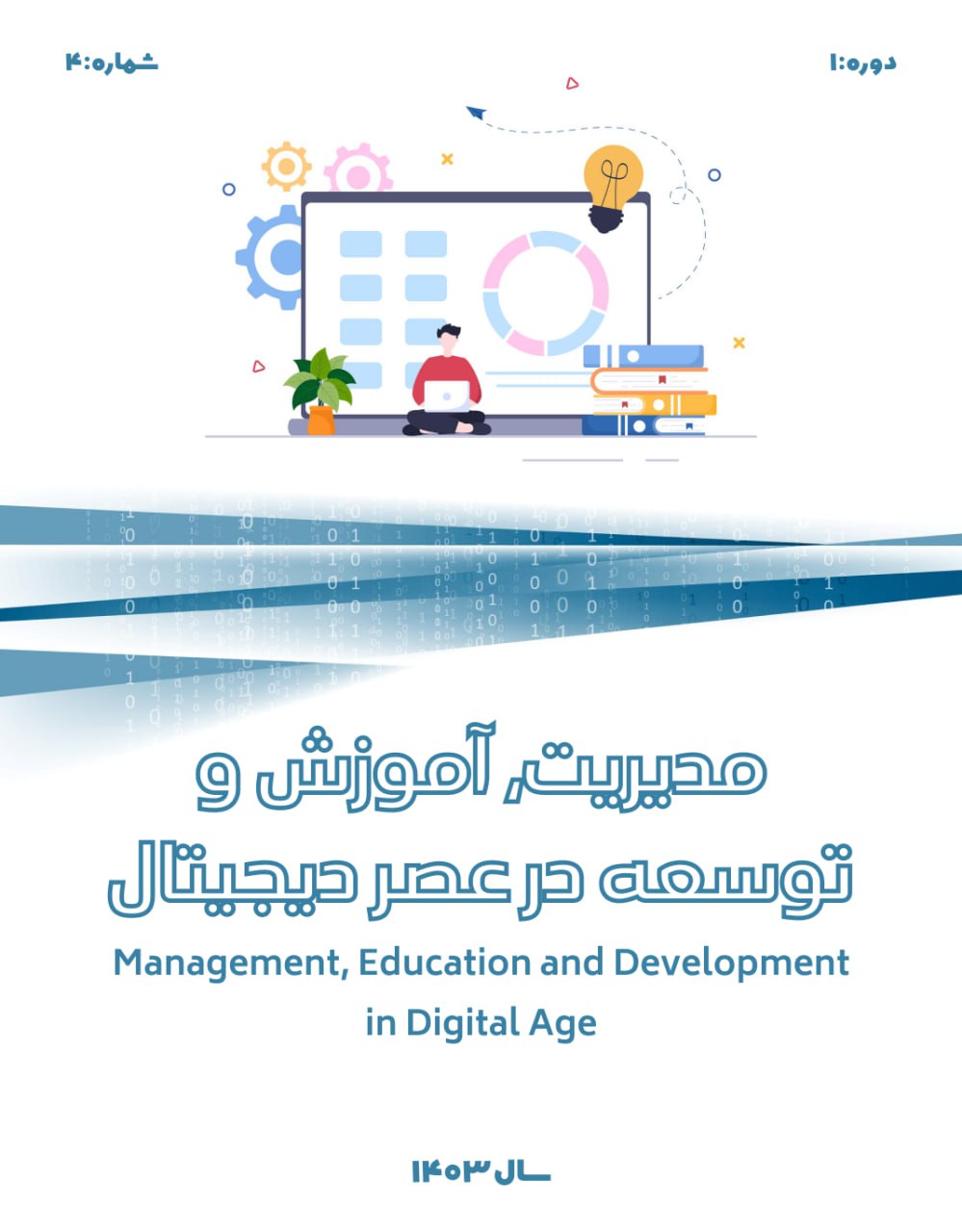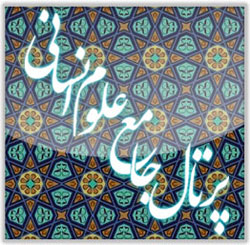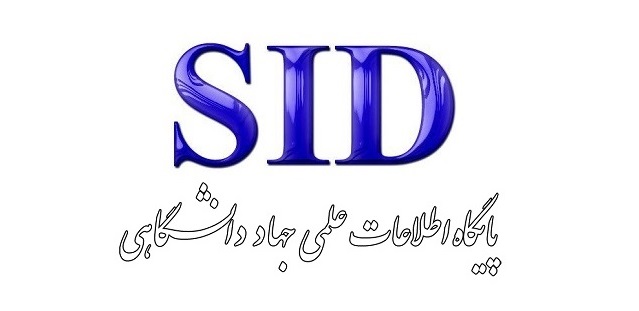شناسایی ابعاد ارزیابی فرهنگ سازمانی منابع انسانی محور در وزارت ارتباطات عراق
کلمات کلیدی:
ابعاد فرهنگ سازمانی, منابع انسانی, اعتبار یابی, وزارت ارتباطات عراقچکیده
پژوهش حاضر با هدف شناسایی ابعاد ارزیابی فرهنگ سازمانی منابع انسانی محور در وزارت ارتباطات عراق و اعتبار یابی الگوی بدست آمد هبر اساس یک مطالعه داده بنیاد انجام شد. پژوهش حاضر به لحاظ رویكرد در زمرۀ مطالعات كیفی است که با راهبرد داده بنیاد از نوع ظهوریابنده انجام شد. جامعۀ آماری پژوهش شامل تمامی متخصصان مرتبط با موضوع مورد پژوهش بود كه دارای زمینۀ علمی و سابقۀ مرتبط بودند كه با استفاده از نمونهگیری نظری 15 نفر از آنها در این پژوهش شرکت کردند. همچنین به منظور جمعآوری دادهها، از روش مصاحبه عمیق نیمه ساختاریافته استفاده شد. مصاحبهها تا رسیدن به اشباع نظری ادامه یافت. همزمان با مصاحبهها، تحلیل دادهها با روش تحلیل محتوی شامل كدگذاری باز،محوری و گزینشی به وسیلۀ نرم افزار ATLAS.ti8، انجام و مورد اعتباریابی قرار گرفت. در تحلیل دادهها، تعداد 264 کد مفهوم اولیه، 4 کد مفهوم اصلی و 19 کد مفهوم فرعی برای تبیین مفاهیم اصلی ترسیم گردید یافتهها نشان داد که میانگین اثر ابعاد ارزیابی فرهنگ سازمانی منابع انسانی محور در وزارت ارتباطات عراق در تمامی مؤلفهها بالاتر از میانگین فرضی 3 است. مؤلفه اصول فرهنگی با میانگین 3.5 و مقدار t برابر با 5.0، مؤلفه مدیریت و بهبود فرآیندها با میانگین 3.7 و مقدار t برابر با 6.0، مؤلفه تعاملات و همکاری با میانگین 3.6 و مقدار t برابر با 5.5، و مؤلفه نوآوری و توسعه با میانگین 3.8 و مقدار t برابر با 6.5 همگی نشاندهنده اثرات مثبت و معنادار بالاتر از میانگین فرضی 3 هستند. سطح معناداری برای تمامی مؤلفهها 0.001 است که نشاندهنده معناداری بالای نتایج است. با توجه به یافتههای به دست آمده، در هر دو دور، پراکندگی نظرات خبرگان نسبتاً ثابت بوده و توافق بین خبرگان نیز تغییر چندانی نداشته است. این اطلاعات میتواند به محقق کمک کند تا در برنامهریزی و تصمیمگیریهای خود، به مولفههای با اهمیت بیشتر توجه ویژهای داشته باشد و مولفههای با اهمیت کمتر را نیز در نظر بگیرد. همچنین اعتبار مدل عاملی نشان داد که این مدل ابزاری قابل اعتماد و مفید برای درک فرهنگ سازمانی منابع انسانی در وزارت ارتباطات عراق است. تناسب خوب مدل با دادهها و شاخصهای ارزیابی بهینه، پایه محکمی برای توسعه نظری، آزمون فرضیهها و سیاستگذاری در این زمینه فراهم میکند.
دانلودها
دانلود
چاپ شده
ارسال
بازنگری
پذیرش
شماره
نوع مقاله
مجوز
حق نشر 2025 نجاح هاشم كديمي العبودی (نویسنده); حمید دوازده امامی; فاضل راضي غباش الغزالي , سعید شریفی (نویسنده)

این پروژه تحت مجوز بین المللی Creative Commons Attribution-NonCommercial-NoDerivatives 4.0 می باشد.









